User Interviews: A Deep Dive Guide for Designers
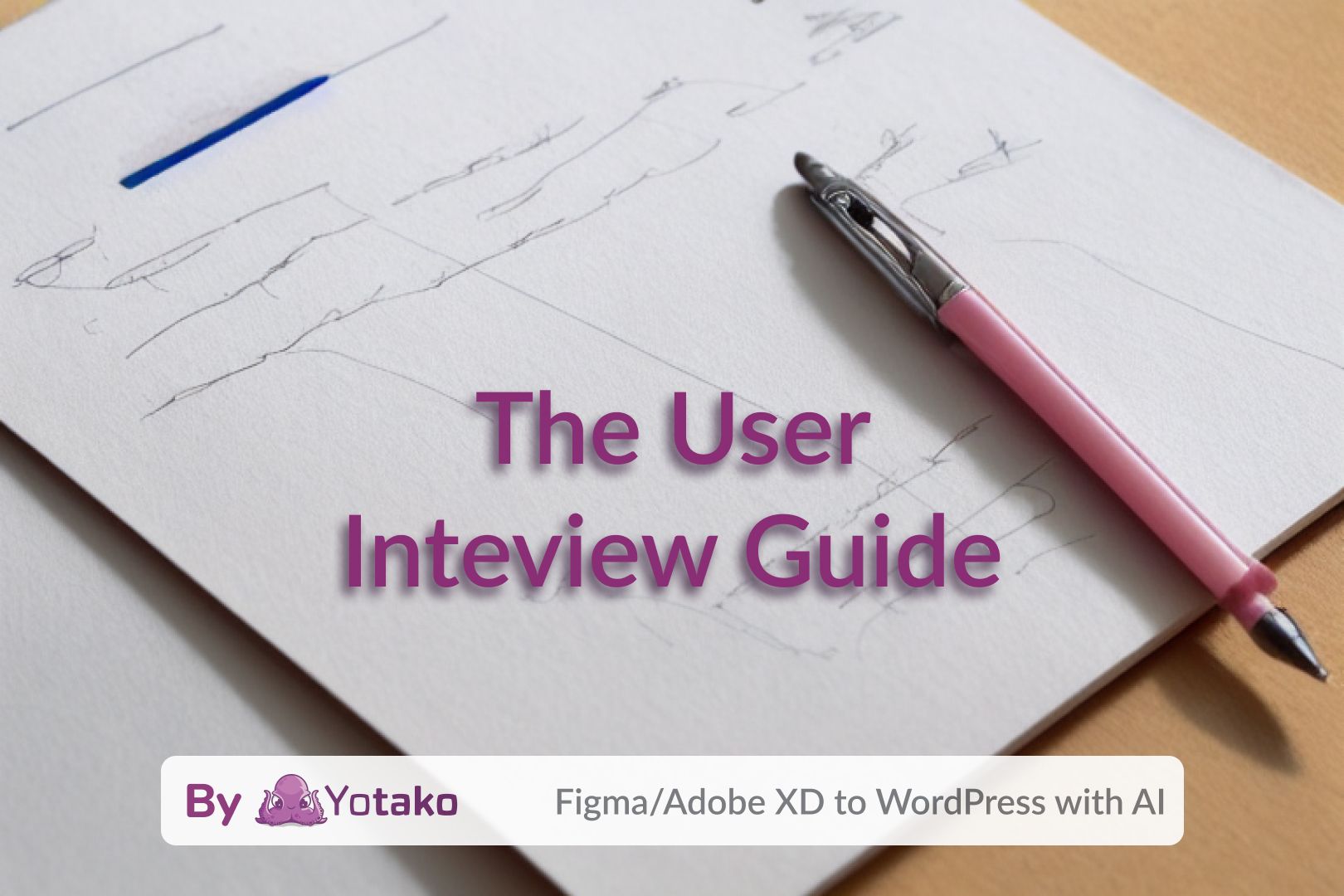
User interviews play a pivotal role in the design process, allowing designers to connect with their target audience, understand their needs, and develop user-centric solutions. In this guide, we will delve deeper into each aspect of user interviews, empowering designers to conduct more effective and impactful research.
1. Defining Your Target Audience

In the early stages of a research project, identifying your target audience might seem like a daunting task, especially when dealing with new products or services without existing customer data. Embrace the art of educated guessing, acknowledging that you are exploring uncharted territory. As you proceed with the interview process, continuously refine your audience profile, iterating until you strike gold.
Research plans evolve, and this fluidity is a strength, not a weakness. By staying adaptable, you can accommodate emerging insights, reassessing which segments are crucial and which might not align with your goals. Furthermore, if you already have personas, let them serve as a starting point for your research, and use interview data to validate or challenge these initial assumptions.
Don't overlook the significance of "negative space profiles." Identifying who your design is not for can be just as illuminating as understanding your target audience. For instance, while building a photo-sharing app, you may realize that professional photographers don't constitute your primary user base for photo-editing tools. By acknowledging these distinctions, you can create more focused design solutions.
Moreover, emphasize diversity when crafting your research plan. Engage with different types of users, varying demographics, and perspectives to gain a well-rounded understanding of your target audience. Strive to go beyond the obvious and challenge assumptions, ensuring comprehensive user insights.
2. Recruiting Participants
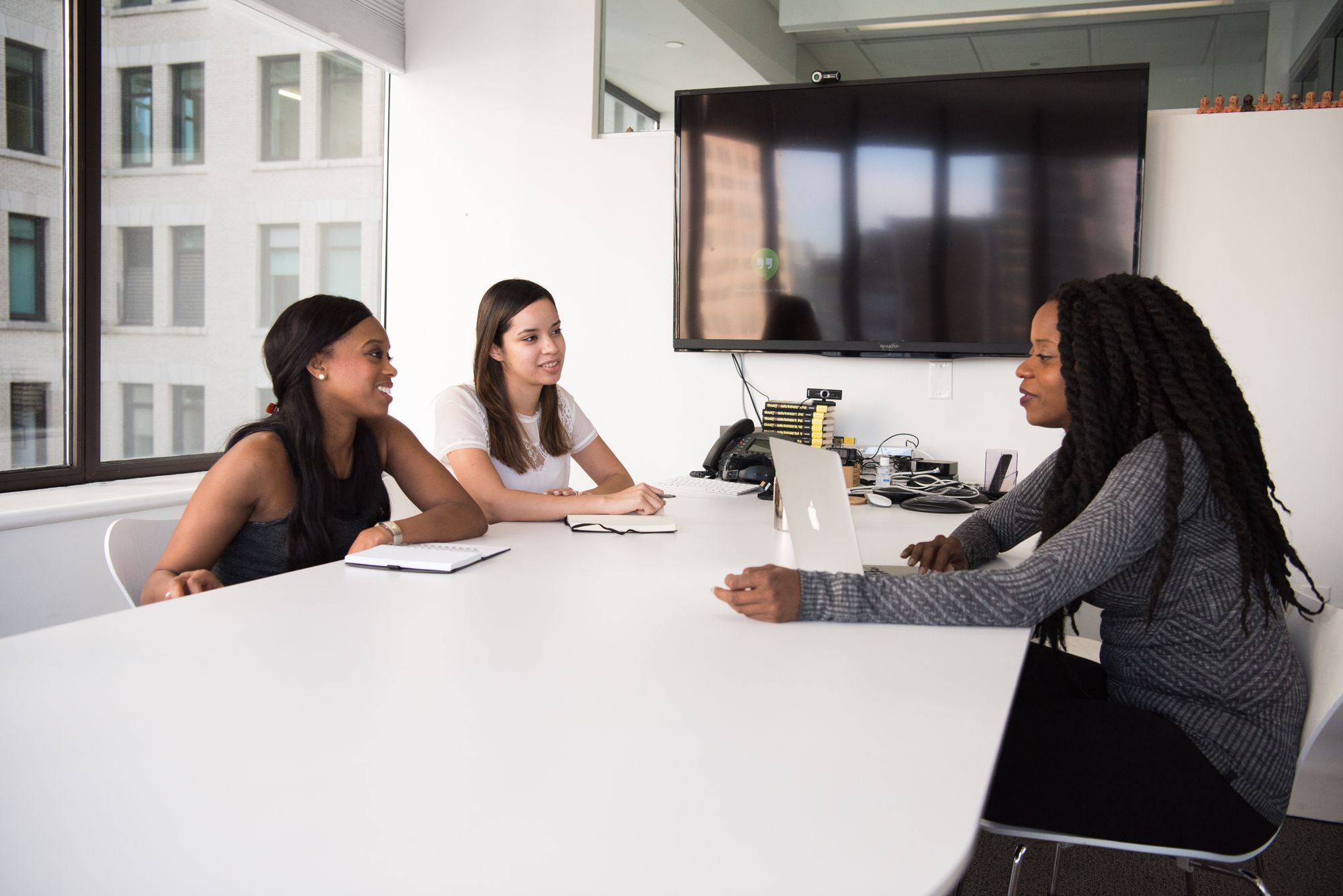
Recruiting the right participants can be a challenge, especially when dealing with specific or niche populations. While professional recruiters are a valuable resource for consumer contexts, they may prove less effective for specialized groups or enterprise settings. In such cases, leverage your network, seek referrals, and adopt creative, scrappy methods to connect with the right individuals.
For instance, when dealing with time-pressed professionals such as stock traders, going to where they are and bringing them yummy meals can be an effective approach. To find users in their natural environment, go where they are: visit schools, workplaces, stores, or online communities. Immersing yourself in their world helps establish rapport and encourages more authentic responses.
Remember that recruiting is not just about finding participants; it's about finding the right participants whose insights align with your research goals. Aim for a diverse sample that includes users from various backgrounds, experiences, and attitudes to capture a comprehensive range of perspectives.
3. Crafting the Discussion Guide

A well-crafted discussion guide acts as a compass, guiding you through the interview process. Begin by defining clear objectives with your team, outlining what you want to learn. Avoid getting entangled in specific questions at this stage; focus on the broader areas of inquiry.
Your discussion guide should serve as a funnel, starting with context-setting questions to establish rapport and set expectations. Move on to focus questions that address key topics, prompting participants to share their experiences and stories. Remember, users' stories are the heart of the interview; they provide rich context and depth to your insights.
In addition to focus questions, include probe questions to gather deeper insights or clarify points that might have been missed during the initial response. Probe questions are invaluable for uncovering underlying motivations, feelings, and thought processes.
An effective discussion guide is concise and flexible. It should not be a rigid script but rather a strategic roadmap that encourages organic conversations. Keep it adaptable, allowing for unexpected tangents that might lead to valuable discoveries.
4. Forming the Interview Team

The composition of your interview team significantly impacts the dynamics of the conversation. While larger teams may overwhelm participants, smaller teams, ideally consisting of two members, create a comfortable and intimate atmosphere. Having three team members can also be effective if necessary, but ensure the participant feels at ease.
Involving various stakeholders from your design team is vital as it fosters a culture of empathy and shared responsibility for user research. Rotate team members through interviews to ensure everyone contributes to the research process.
Defining roles within the team is essential for smooth execution. The interviewer guides the conversation, while the note-taker actively listens and records key insights. Switching roles during the interview helps maintain focus and ensures thorough note-taking.
Furthermore, consider whether you will record the interviews, and always seek the participant's permission to do so. Transparently communicate how the data will be managed, ensuring privacy and confidentiality.
5. Conducting Effective Interviews
The success of user interviews hinges on the ability to elicit meaningful insights from participants. Encourage users to share specific stories rather than providing general responses. Asking questions like, "Tell me about the last time you bought a musical instrument?" allows participants to recall vivid experiences, making their responses more authentic and informative.
During interviews, be an active and empathetic listener. Paraphrase participants' responses to ensure understanding and confirm their feelings or experiences accurately. This technique also helps counteract the pressure participants might feel to please the interviewer, promoting genuine, unbiased responses.
Avoid revealing your personal opinions or preferences during interviews, as it can inadvertently influence participants' answers. Your role is to be a receptive listener and observer, allowing participants to take the lead in sharing their experiences.
Silence can be powerful during interviews. When participants pause or hesitate, resist the urge to fill the silence. Give them space to collect their thoughts, encouraging more thoughtful and honest responses.
6. Being Culturally Sensitive

As a designer, cultural sensitivity is vital when conducting user interviews, especially in a globalized world with diverse user bases. Be aware of any power imbalances, cultural differences, or race and gender sensitivities during interviews.
Treat all participants with respect, regardless of their background or position relative to yours. Embrace diversity in your research plan to ensure an inclusive representation of different user perspectives.
If you encounter situations where you're unsure how to proceed, ask more questions and listen carefully. Strive to be open-minded and inquisitive, fostering an environment where participants feel comfortable sharing their stories and experiences.
7. Analyzing Findings
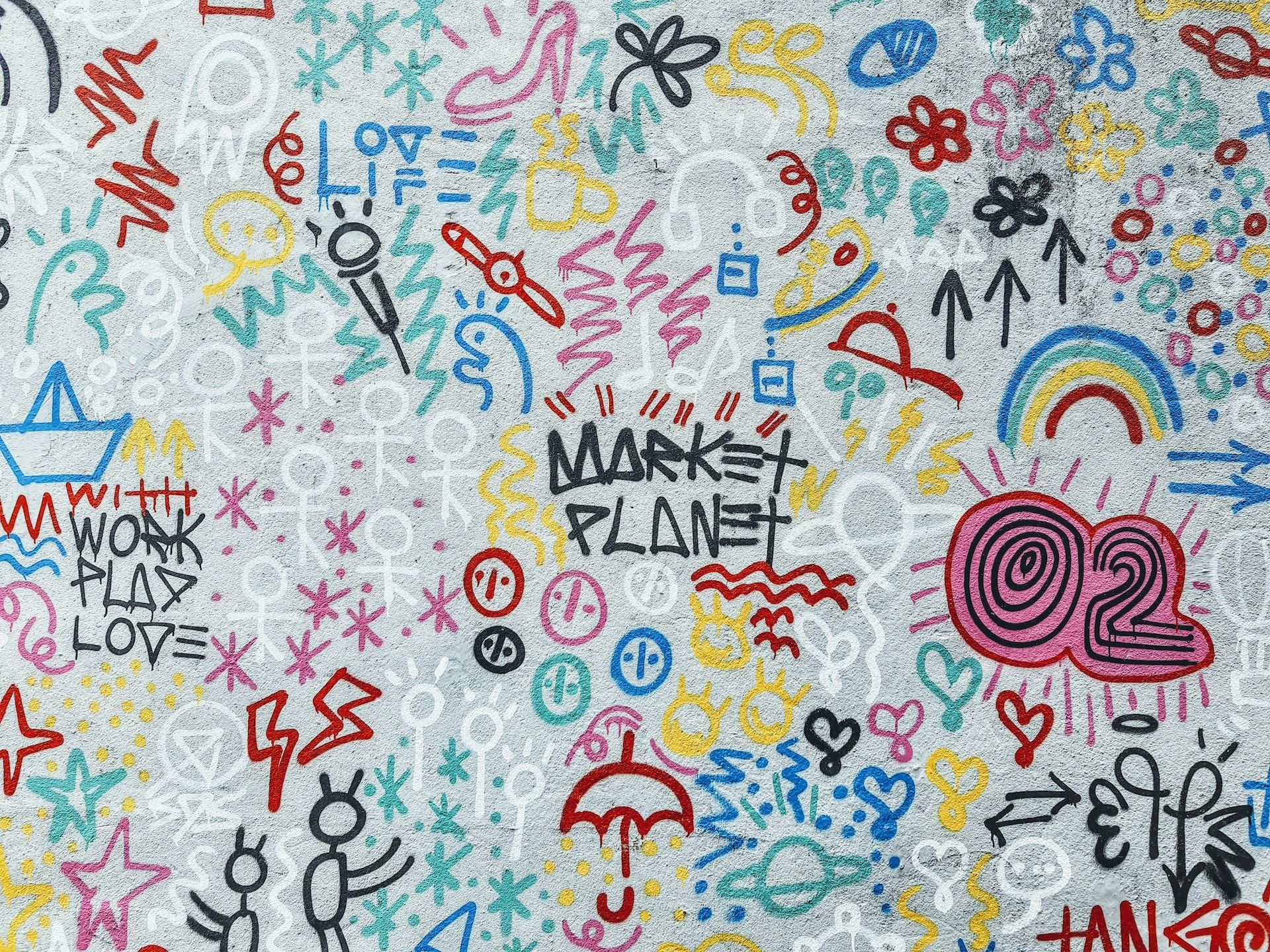
The analysis of interview data holds the key to unlocking actionable insights. Focus on qualitative data to uncover the whys behind user behavior, complementing the quantitative data that informs the what.
To identify patterns and themes in the data, consider employing techniques such as affinity mapping. Team discussions and collaboration are invaluable during this phase, allowing diverse perspectives to contribute to the synthesis process.
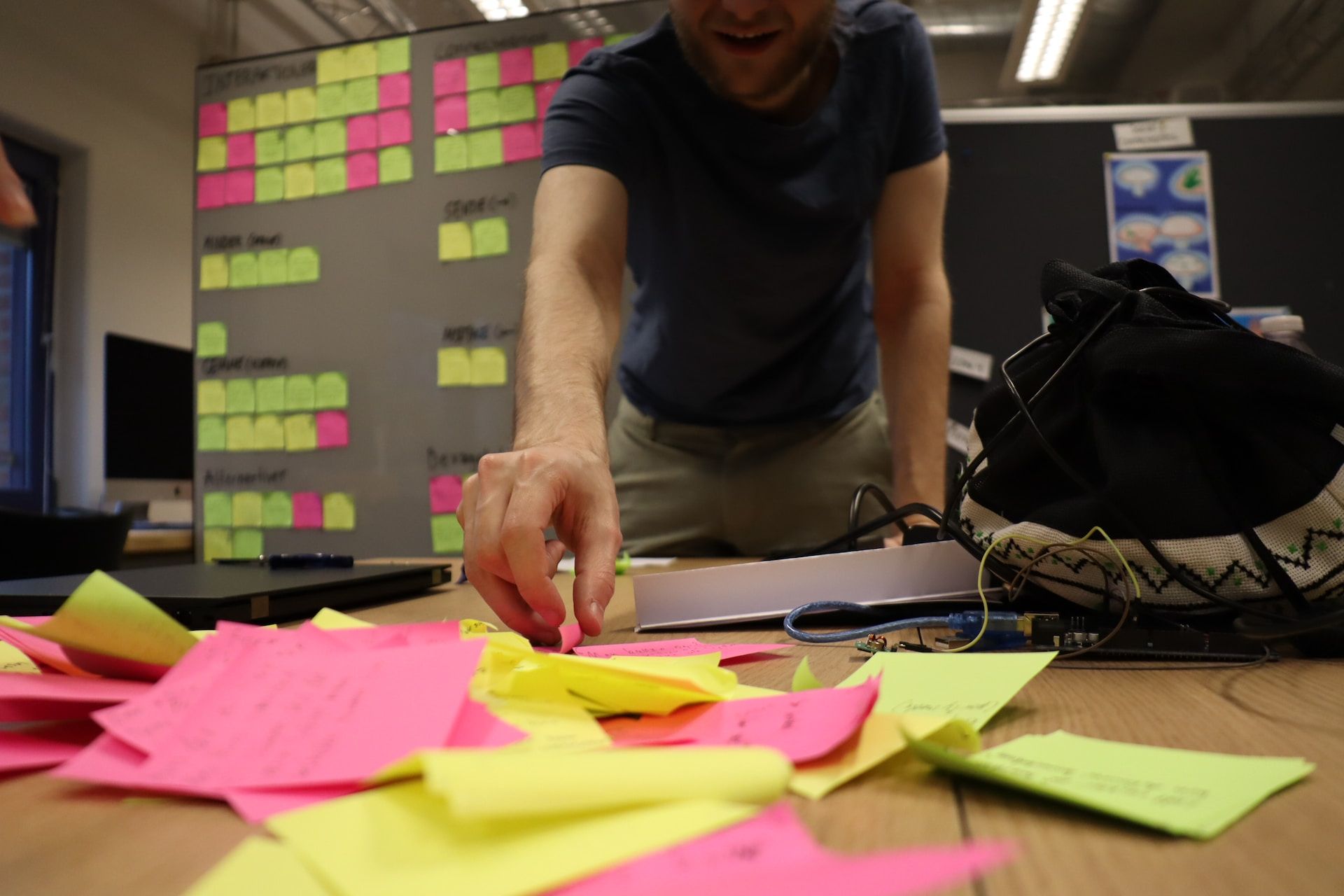
While patterns provide valuable insights, don't overlook outliers and surprises. These unexpected responses may lead to groundbreaking discoveries or prompt you to explore new avenues of research.
Quantitative and Qualitative Data
UX research involves two types of data: quantitative and qualitative. Quantitative data is numerical and tells us what users are doing (e.g., user metrics). On the other hand, qualitative data, gathered through interviews, provides the "why" behind users' actions and decisions.
Value of Qualitative Data
Quantitative data alone rarely reveals the underlying motivations and emotions of users. Qualitative data, obtained through observations and interviews, helps unlock the meaning behind users' behaviors. By combining both types of data, designers can form a more comprehensive understanding of their users and make informed design decisions.
Benefits and Applicability of User Interviews
User interviews are a fundamental and highly effective technique in UX design and product development. They can be utilized at various stages of a project, from the initial ideation phase to post-release evaluations.
During the early stages of a project, interviews help identify user needs, pain points, and desires, informing the design direction. In the later stages, user feedback obtained through interviews aids in optimizing and refining the product based on real user experiences.
Simple yet powerful, user interviews allow designers to learn about users' preferences, expectations, and satisfaction levels. They provide a direct line of communication with the target audience, eliminating guesswork and ensuring user-centric design solutions.
Limits and Challenges of User Interviews
While user interviews offer valuable insights, they come with certain limitations and challenges that designers must be mindful of:
- Interviewee Bias: Participants may unconsciously try to please the interviewer, leading to biased or socially desirable responses. Designers should foster a comfortable and non-judgmental environment to encourage genuine and unbiased feedback.
- Imperfect Memory: People's memories are fallible and can be influenced by context and emotions. To ensure accurate insights, triangulate data from multiple sources and consider using diary studies or follow-up interviews to validate findings.
- Speculation about Future Actions: Participants may speculate about their future actions, leading to unreliable predictions. Focus on past experiences and observed behaviors to gather more concrete and reliable insights.
The Truth Curve Model
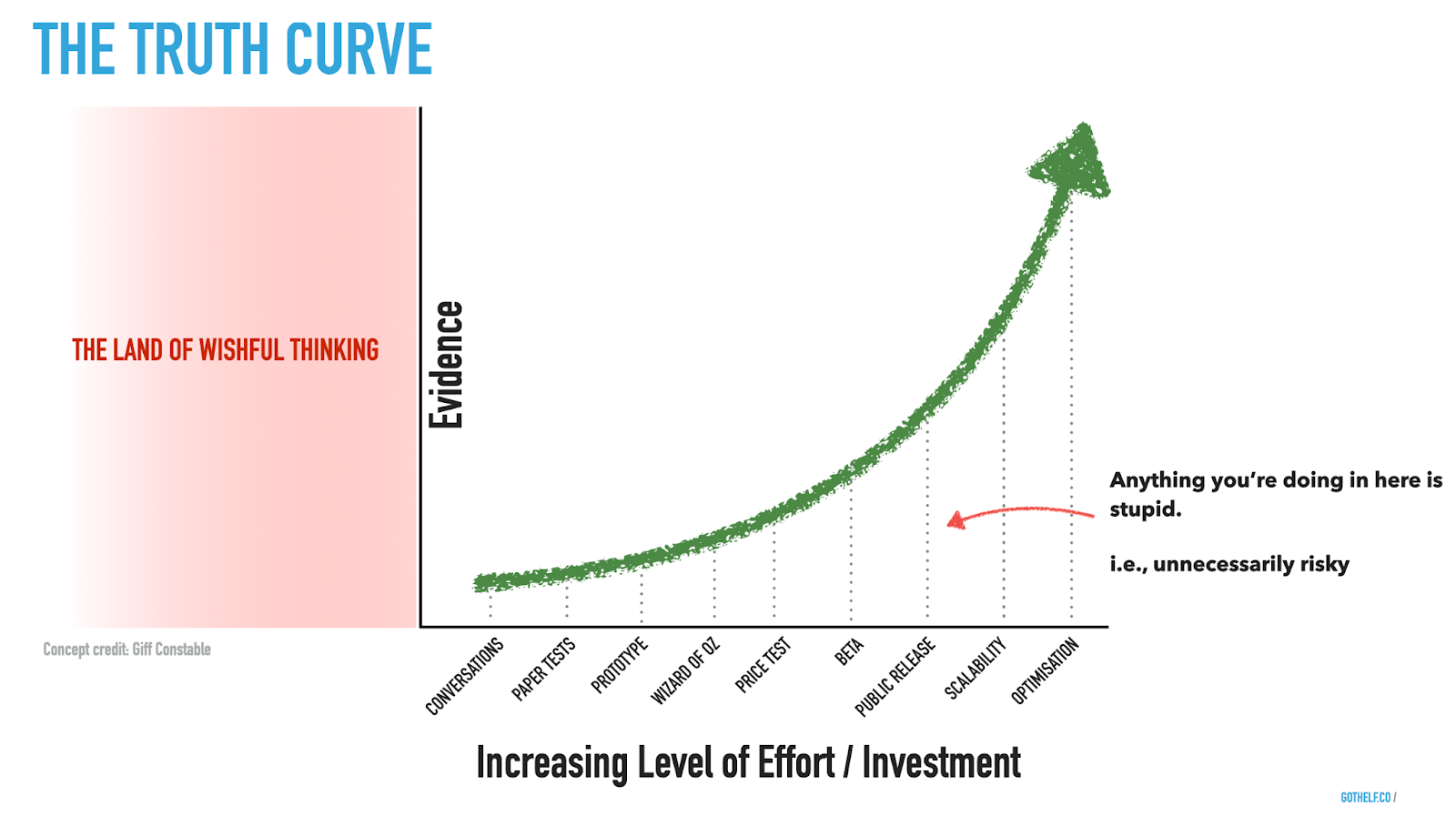
Proposed by Giff Constable, the Truth Curve model emphasizes the importance of matching research effort to the available evidence. At the early stages of a project when evidence is scarce, user interviews serve as a low-cost and informative research technique. As the project progresses and more evidence becomes available, other research methods can be integrated, complementing the insights obtained through interviews.
Integration of User Interviews Throughout the Design Process
User interviews are not limited to the initial stages of a project but can be used at every step of the design process:
- Idea Generation: Interviews can help identify user needs and pain points, inspiring innovative design concepts.
- Prototype Testing: Gathering feedback from users during prototype testing ensures that the product meets their expectations and addresses their concerns.
- Beta Phases: User interviews in beta phases help fine-tune the product before its official launch.
- Optimization: Continuous user interviews in the post-launch phase aid in optimizing the product based on real user experiences.
By embracing user interviews as an integral part of the design process, designers can develop products and experiences that truly resonate with their target audience, driving success and user satisfaction. These conversations, rooted in empathy and curiosity, become a transformative tool, fostering a deeper connection between the design process and the end users it serves.
Recommended Books for Further Reading:
- "Just Enough Research" by Erika Hall - This book offers practical advice on conducting user research and interviews, making it an excellent starting point for designers looking to deepen their understanding.
- "Interviewing Users: How to Uncover Compelling Insights" by Steve Portigal - This book provides valuable guidance on conducting effective interviews and extracting meaningful insights from user conversations.
- "The Mom Test: How to Talk to Customers & Learn If Your Business is a Good Idea When Everyone is Lying to You" by Rob Fitzpatrick - Although geared towards entrepreneurs, this book's principles are highly relevant to designers seeking honest user feedback.
By conducting in-depth user interviews and synthesizing the findings effectively, designers gain a profound understanding of their users' needs, behaviors, and preferences. Armed with these insights, designers can create impactful, user-centric designs that resonate with their target audience and lead to successful products and experiences. User interviews, driven by empathy and curiosity, become a transformative tool in a designer's toolkit, fostering a deeper connection between the design process and the end-users it serves.
For more information and to explore the endless possibilities of Yotako, including our powerful plugins with AI Figma to WordPress and WordPress for Adobe XD, visit us at yotako.io. If you have any questions, or suggestions, or simply want to connect with us, please, join our vibrant Yotako community. We look forward to revolutionizing your web design experience!

